Penny-Smashing Road Trip
Subscribe Now!Millions of tourists visit Colorado each year with a short list of things to see while they’re here: Pikes Peak, Garden of the Gods, Estes Park, the Coors brewery and the like. But for some 'elongate collectors', the pilgrimage to these locations is made to obtain more than just new memories.
(This story originally appeared in the July/August 2013 CL issue of Colorado Life Magazine)
Until a few years ago, I had seen exactly none of these attractions. I grew up in Colorado, and I figured I could visit them whenever I felt like it. But then something happened that propelled me on a month-long quest to visit all the top tourist destinations in the state. That something was penny smashing.
Penny-smashing machines have been a staple of tourist spots since they were first introduced at the 1893 World’s Fair in Chicago. Insert two quarters and one penny, turn a crank and out pops an elongated penny with a design pressed into it.
A while back, a relative gave me one of these penny souvenirs from a trip out of state. Intrigued, I went online to see if there were any penny machines in Colorado that I could visit. I discovered Pennycollector.com, where enthusiasts cataloged more than 80 locations with machines across the state, many of the sites having multiple machines with up to four designs each.
I saw this long list of penny machines as a challenge: I had to go to them all. My wife and I soon set out in our car, loaded with an absurd amount of pennies and quarters, determined to visit every machine within a day’s drive of our Denver home. In the course of this mad scavenger hunt, we inadvertently saw all the cool places we’d never found the time to see.
The Penny Quest
Our first destination was Colorado Springs, which has nearly 100 penny designs within a 15-mile radius. We admired the soaring cadet chapel at the Air Force Academy, then smashed eight pennies at the visitor center, including one penny with a picture of the chapel. We got another 13 pennies after feeding giraffes at the Cheyenne Mountain Zoo, including a penny with giraffes on it. We nabbed another four while checking out the exhibits at the Colorado Springs Pioneer Museum, including a penny with a shiny copper portrait of Zebulon Pike.
But those were relatively easy to get. Our mission would not be complete until we had mutilated U.S. currency at the summit of one of America’s iconic mountains, the place that inspired Katharine Lee Bates to write the lyrics to “America the Beautiful”: Pikes Peak.
While driving to the top of Pikes Peak is a much easier way to summit a 14er than, say, actually climbing one, the high-altitude switchbacks aren’t for the faint of heart. The most severe hairpin turns get guardrails, but much of the road has nothing but a horrifying vertical plunge just a few feet off the shoulder. There are two penny machines at gift shops on the way up, and a couple of designs read “Real Men Don’t Need Guardrails” and “Real Women Don’t Need Guardrails.” That sentiment helped steel our resolve as we continued our cruise skyward.
Risking a quick glance away from the road, I saw a ring of awesome, jagged peaks arcing more than 180 degrees around me, and it might have been an optical illusion, but I felt like I was looking down at them. We were relieved when we made it to the summit.
As advertised in “America the Beautiful,” the view included spacious skies and amber waves of grain, though the mountains seemed more blue than purple. Maybe we came at the wrong time of day. Also at the top is the Summit House, which sells every kind of souvenir you could want, but the only ones we were after were the eight designs at the two penny machines – particularly the ones that said “Pikes Peak Summit.” After all, what was the point of coming all this way if we couldn’t prove, in penny form, that we were there?
As we got back to level ground to complete our penny tour of the Colorado Springs area, we just had to smash a penny at the American Numismatic Association’s Money Museum – there’s something satisfying about squishing money at a place devoted to its preservation.
Jay Beeton, who manages the museum, showed me the room full of U.S. gold coins, including his favorite, the 1907 high-relief double eagle that was commissioned at the personal request of President Theodore Roosevelt. But the museum highlight might be the 1913 Liberty head nickel, which is one of only five made by a rogue mint employee. It’s worth about $2.5 million more than its 5-cent face value.
At the Money Museum, I met employee Kendra Johnson, who has collected smashed pennies since she was 5. She hadn’t met any coin collectors who shared her hobby until she attended a recent numismatic convention, where she discovered she wasn’t alone. She also discovered that true aficionados don’t call them smashed pennies. “They were like, ‘Oh no, those are called elongates – you’re an elongate collector,’ ” Johnson said.
Subscribe to Colorado Life Magazine and receive thoughtful stories and beautiful photography featuring travel, history, food, nature and communities of Colorado.
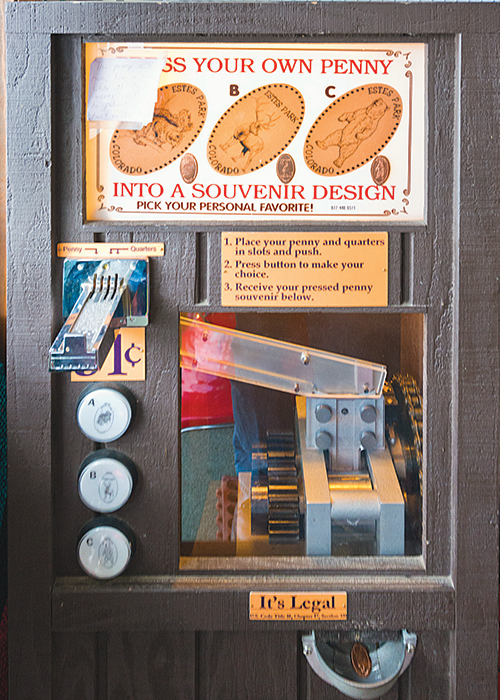

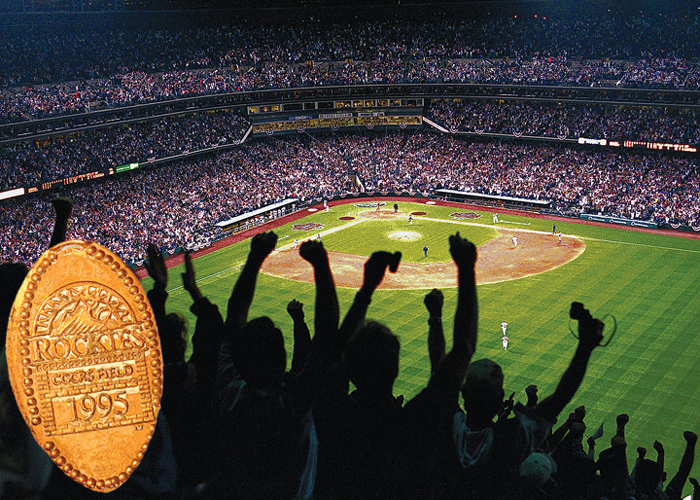
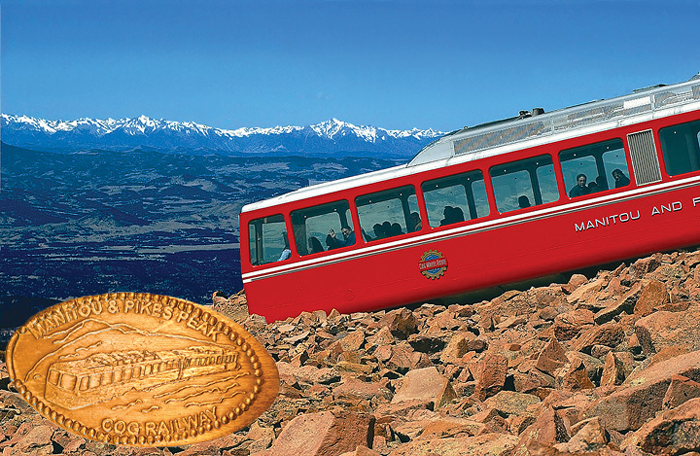
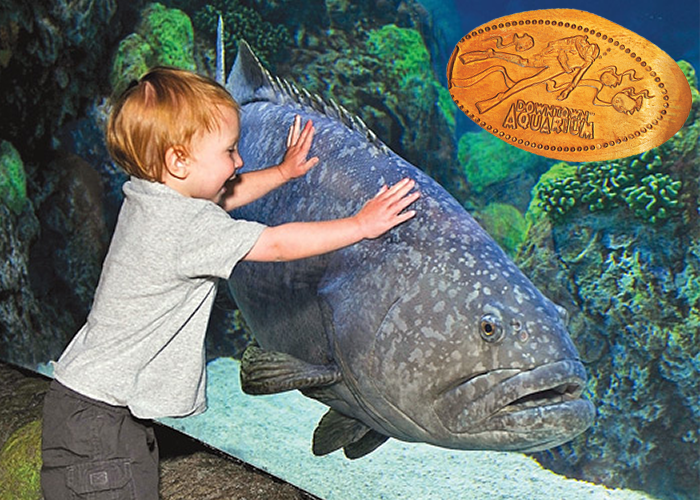
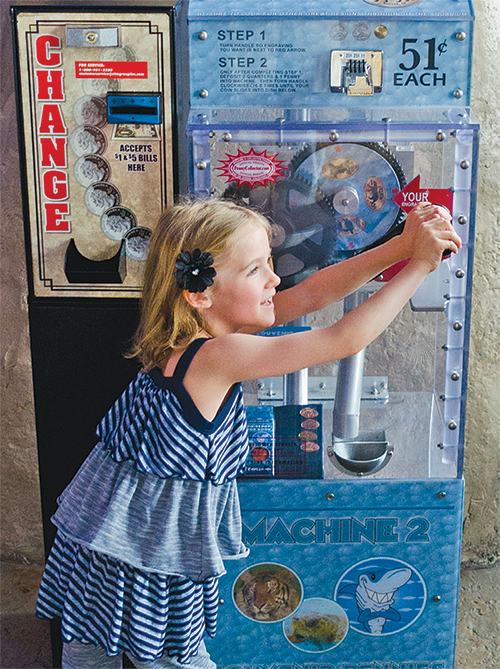
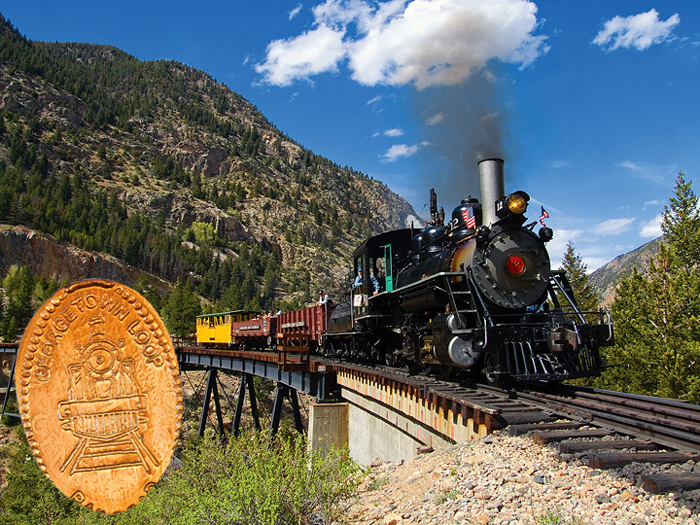
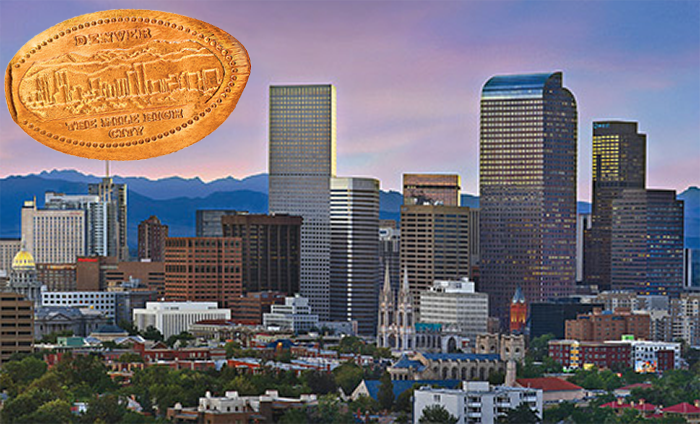
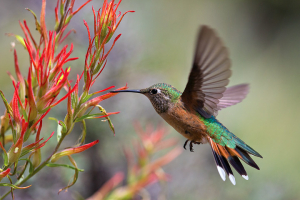
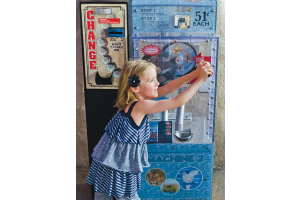
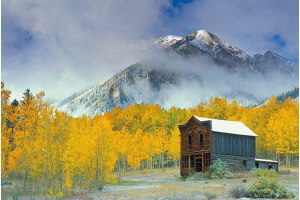
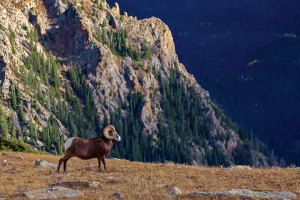
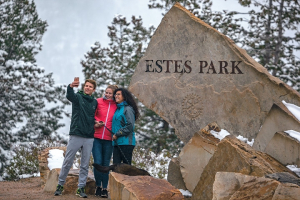
The information below is required for social login
Sign In
Create New Account